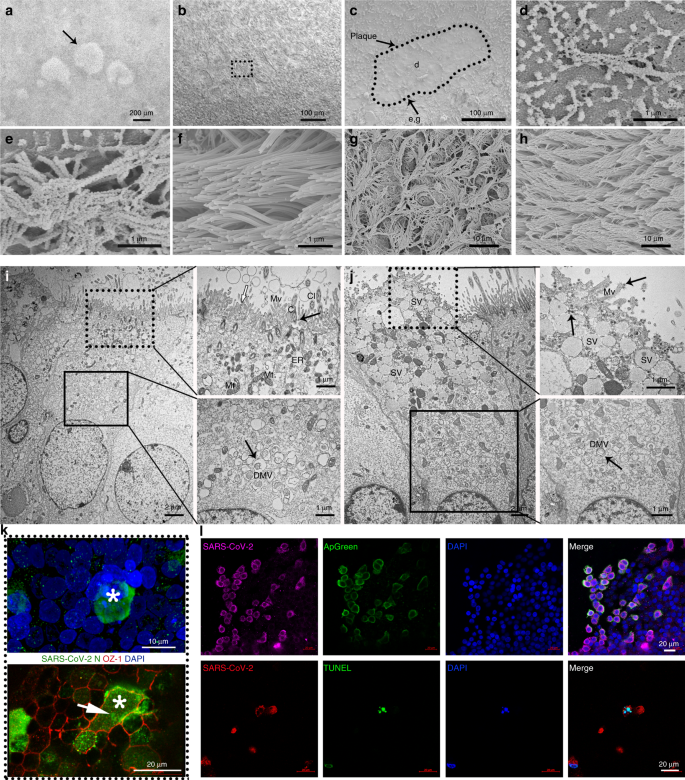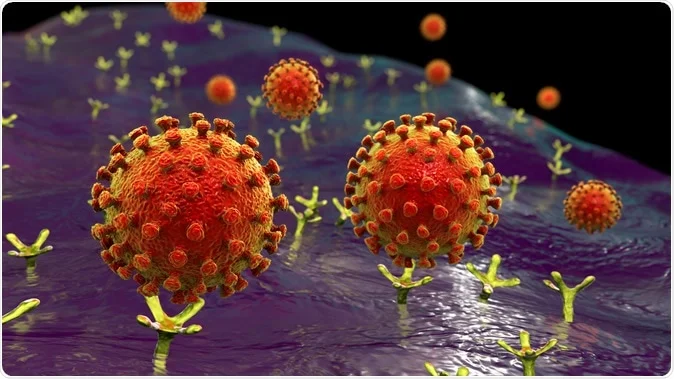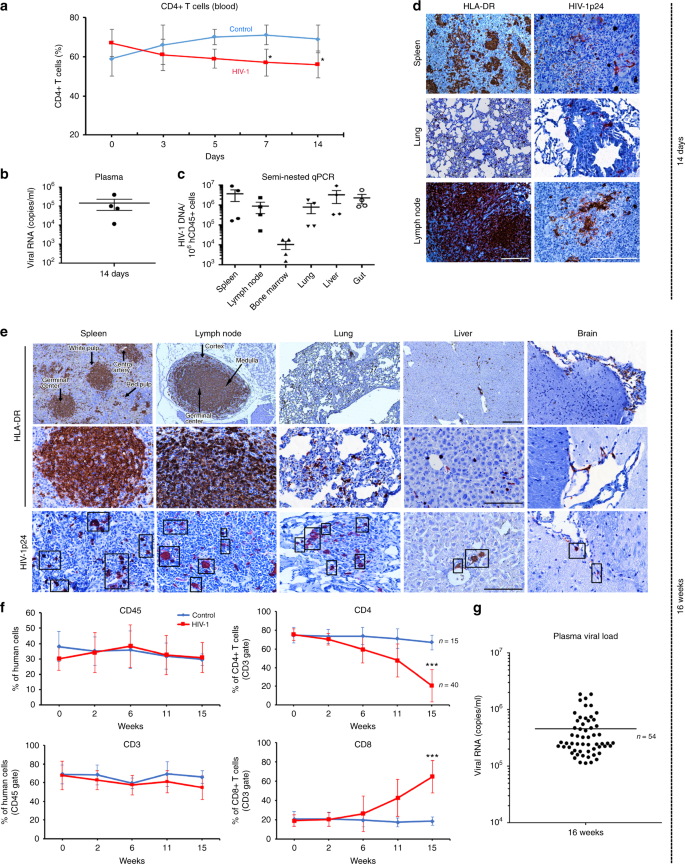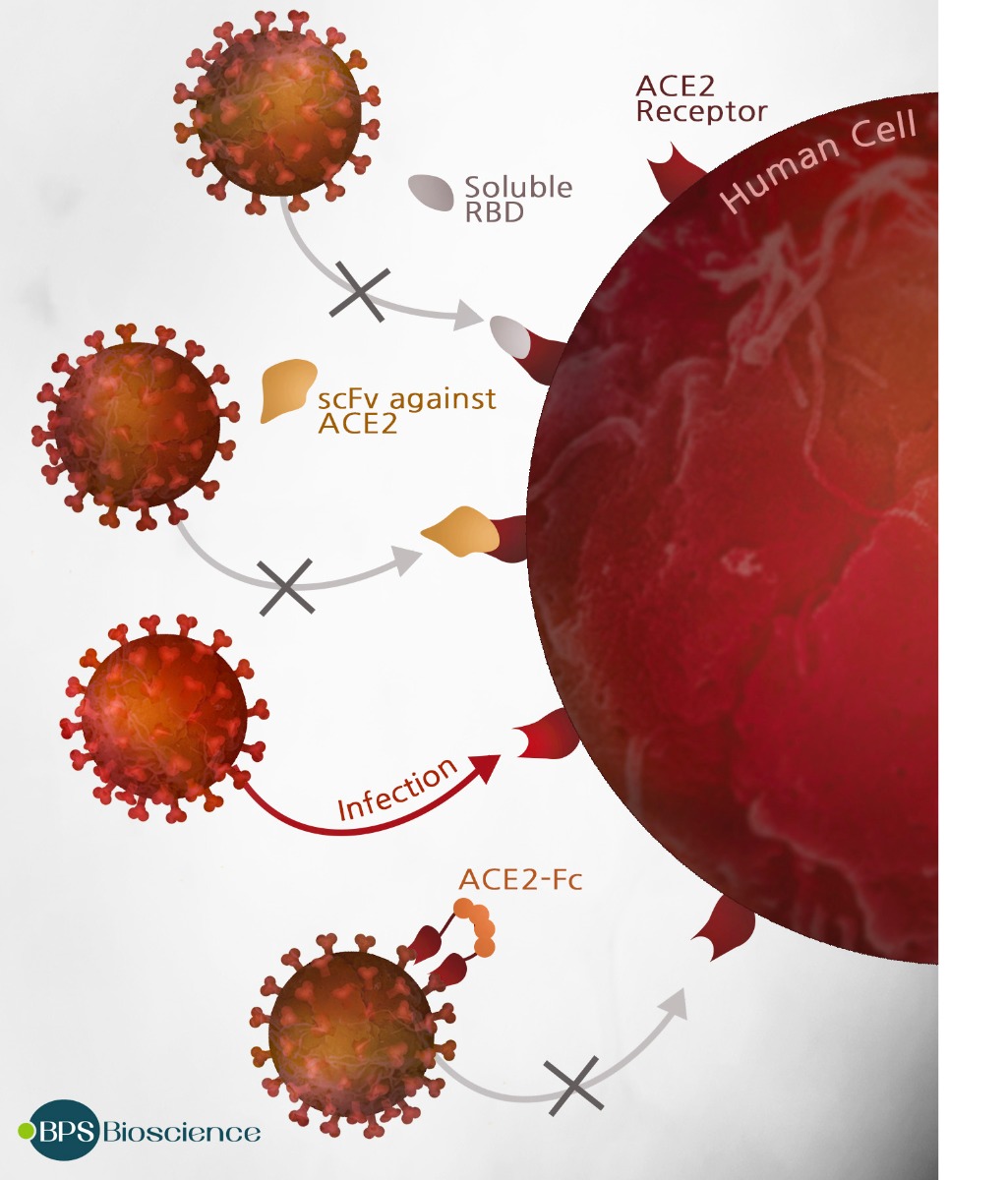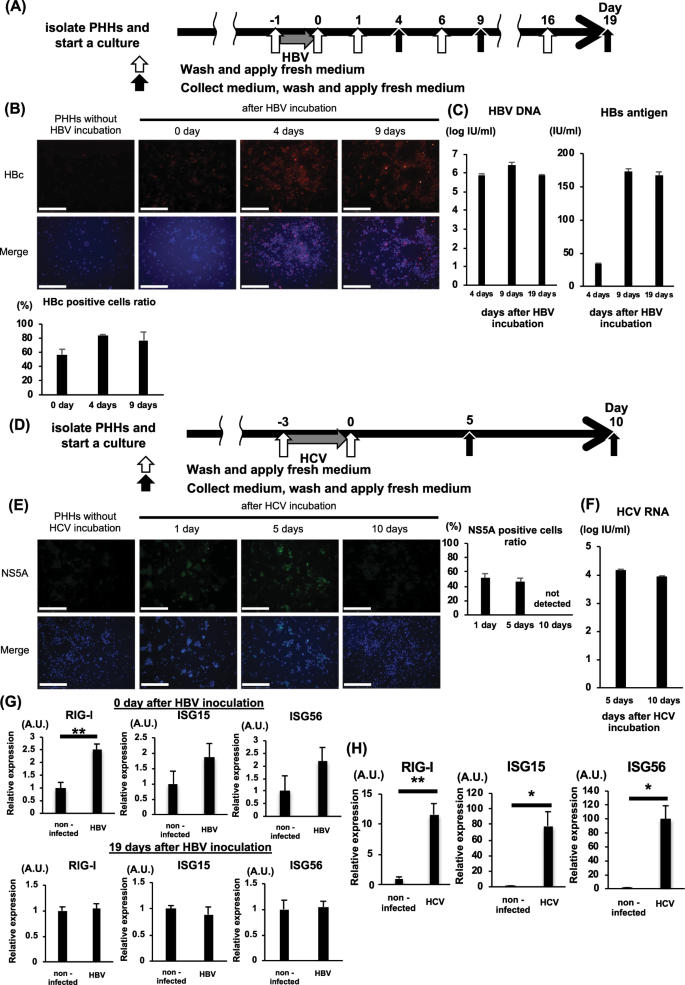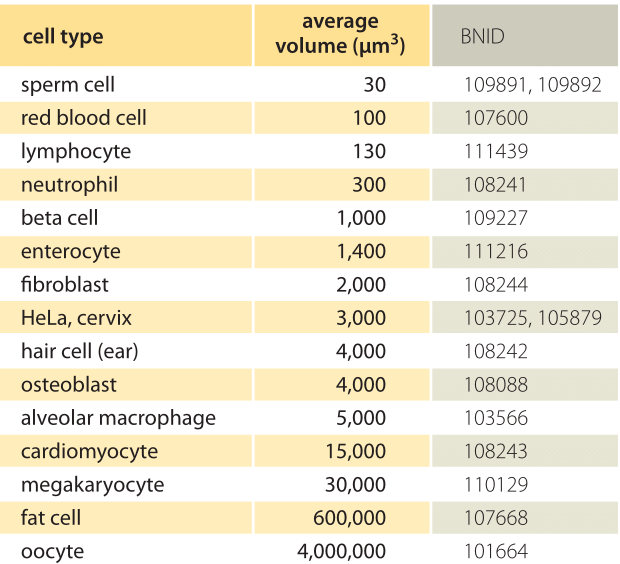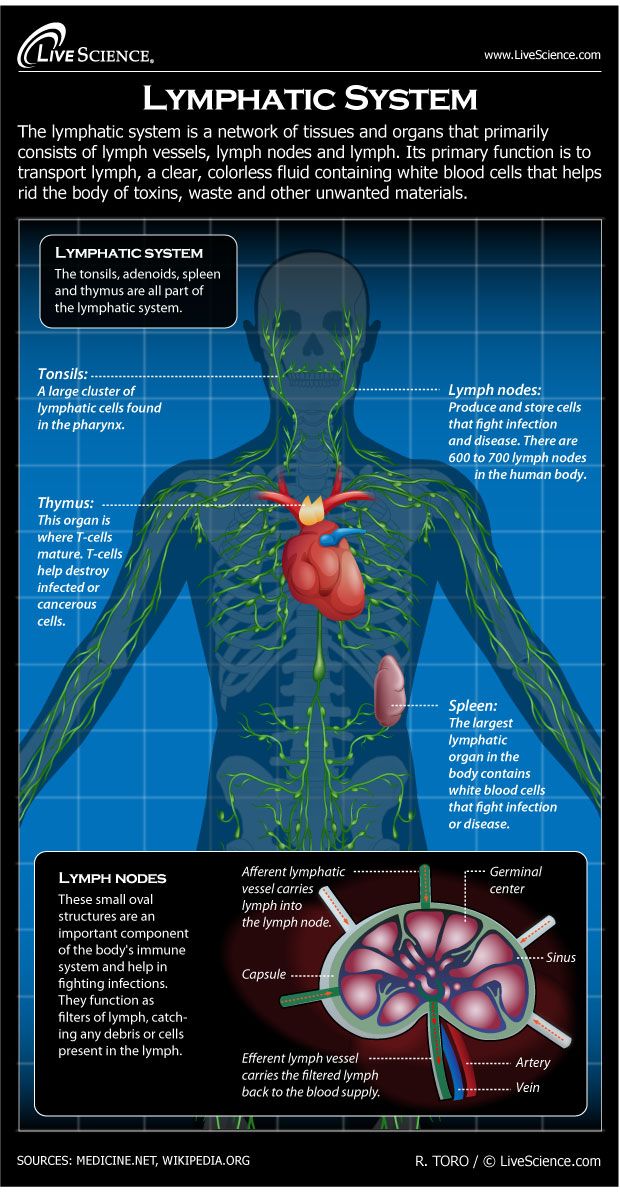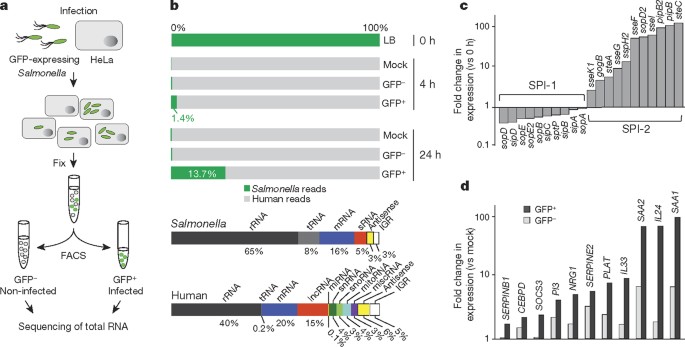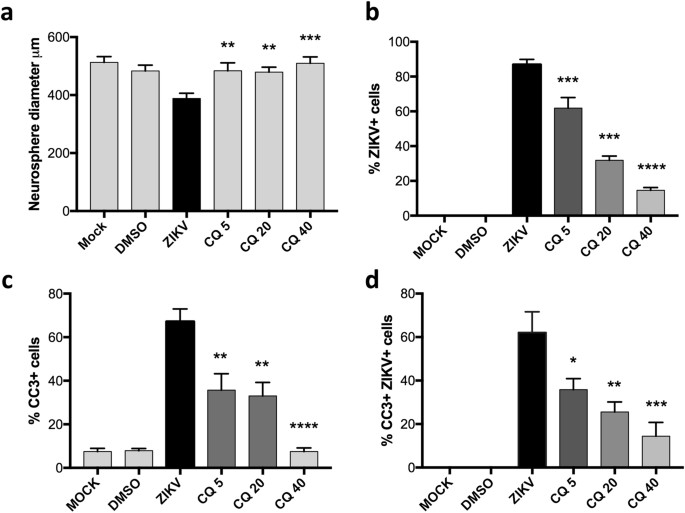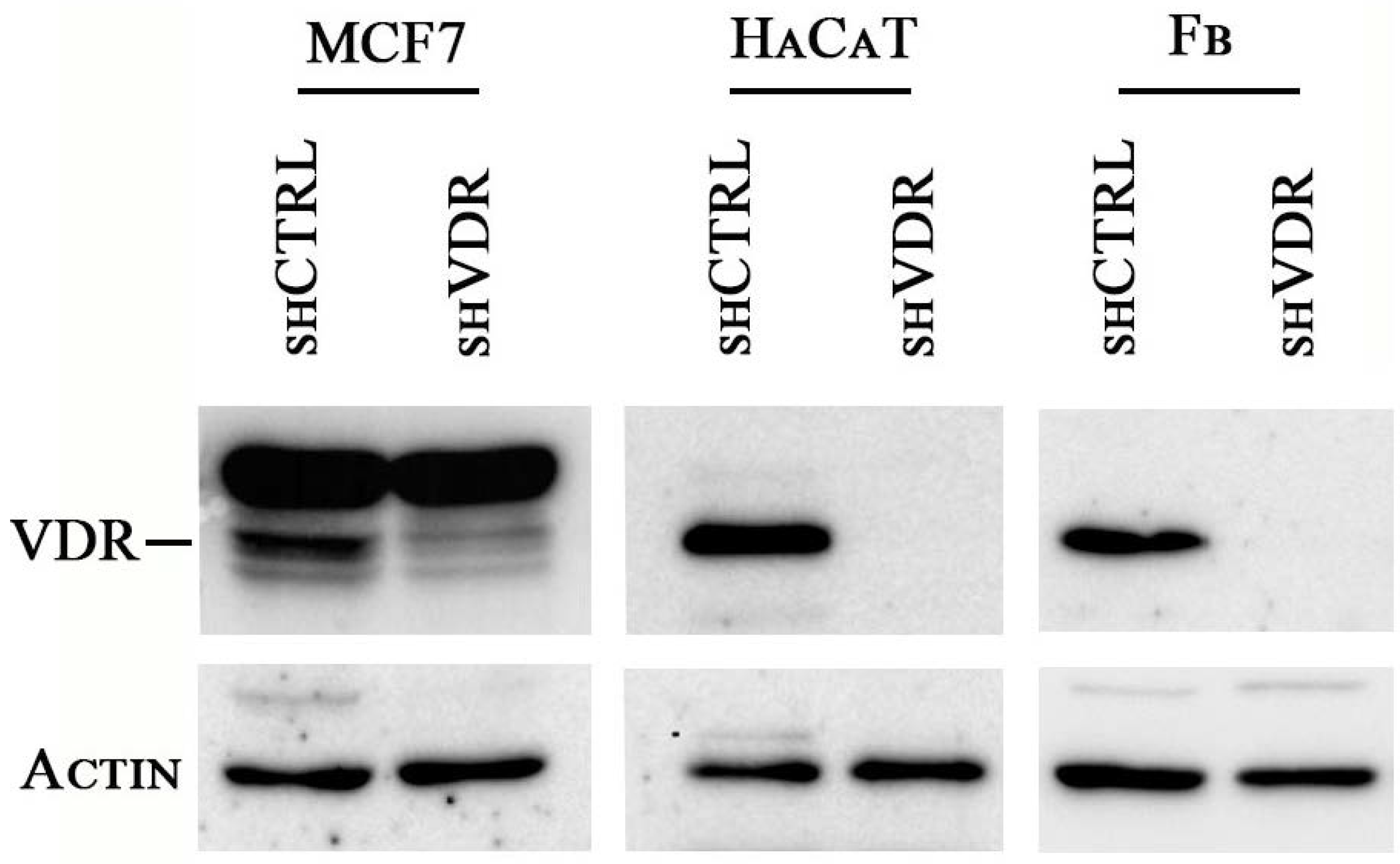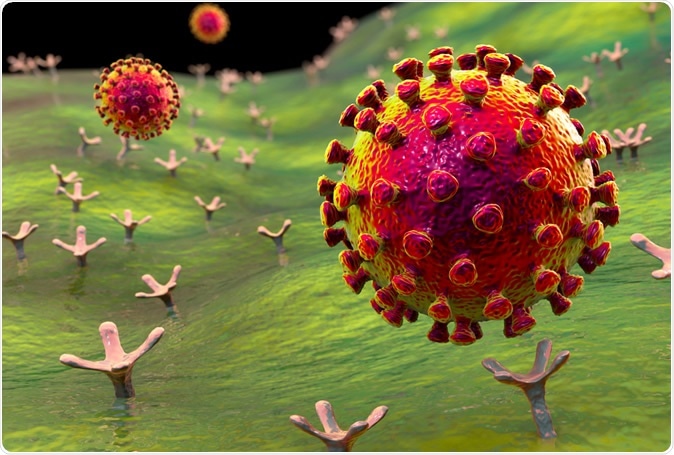Human Primary Cells Infection

In primary gbms a large fraction of cd133 positive cells expressed hcmv ie and higher co expression of these two proteins predicted poor patient survival.
Human primary cells infection. Differentiated air liquid interface cultures of proximal airway epithelium and 3d organoid cultures of alveolar epithelium were readily infected by sars cov 2 leading to an epithelial cell autonomous proinflammatory response. Infection of gbm cells with hcmv led to upregulation of cd133 and other gscs markers notch1 sox2 oct4 nestin. Well as human primary neurons. Additionally we also report infection of neuronal cells by kshv in vitro similar to that by ebv.
We developed primary human lung epithelial infection models to understand responses of proximal and distal lung epithelium to sars cov 2 infection. The researchers have previously used the epithelial cells to investigate influenza viruses. The extent to which hcmv infection of primary gbm cells induced a gcsc phenotype was evaluated in vitro. Genome wide loss of function screens identified essential t cell receptor signaling components and genes that negatively tune proliferation following stimulation.
Atcc offers primary epithelial cells isolated from human breast bronchi trachea and small airways cornea prostate and kidneys. Moreover common cell lines are often defective in crucial signalling pathways relevant to infection and cancer. A long lived primary cell system would be preferable in order to better approximate the human in vivo situation. The usefulness of such cultures has been found in studies related to inflammation microbial infection carcinogenesis and pathogenesis toxicology gene regulation and tissue development.
Here we further investigated the interplay between human primary t cell middle east respiratory syndrome mers is associated with a mortality rate of 35. Zikv infects primary human placental cells and explants cytotrophoblasts endothelial cells fibroblasts and hofbauer cells in chorionic villi and amniotic epithelial cells and trophoblast progenitors in amniochorionic membranes that express axl tyro3 and or tim1 viral entry cofactors. A feature of these primary human epithelial cells which has particular importance for covid 19 research. We have also determined that the infection is predominately lytic.
We previously showed that mers coronavirus mers cov could infect human macrophages and dendritic cells and induce cytokine dysregulation.


